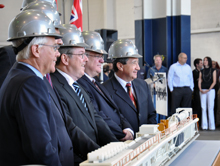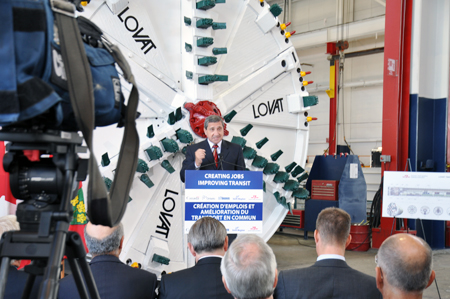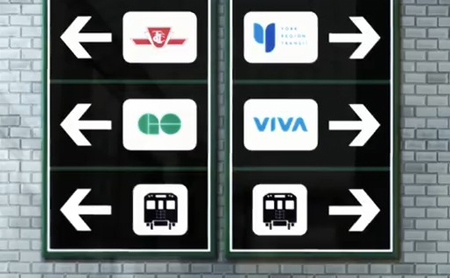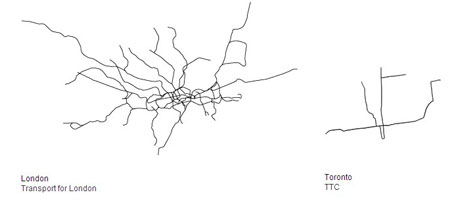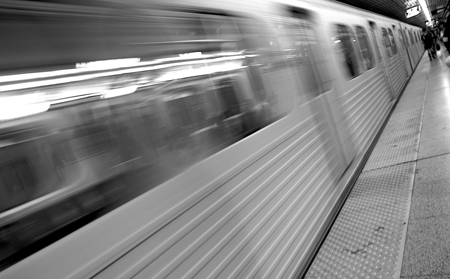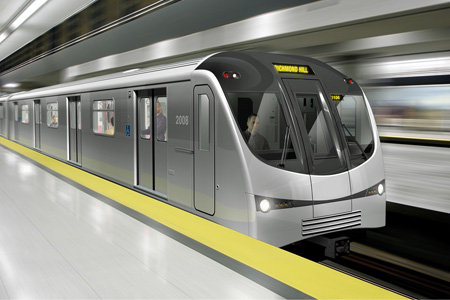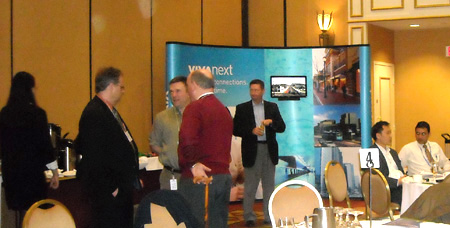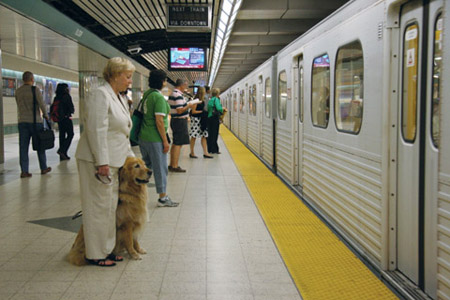
If you are a student, you’ll be heading back to school next week so we thought we would get you ready for some of those really hard tests with a little pop quiz. Luckily for you, this is an open book/computer quiz and help can be found on our website and blog.
1) What major university will have two subway stops running by it within the next six years?
2) What College campus in Markham will have a rapidway stop right outside its door within three year?
3) What high school at Warden and Highway 7 will have a rapidway stop outside its doors within three years?
4) What public high school in Newmarket will have a rapidway stop only a short walk away from its doors?
5) What Richmond Hill high school may have a subway stop a few blocks from its doors?
Good work, pencils down.
So as you can see, the rapidways and subway extensions will make it a lot easier for students from many different areas to get to school and travel in to, out of and around York Region.
If you are a student, how will our future projects help you get to school?
Good luck this school year.

